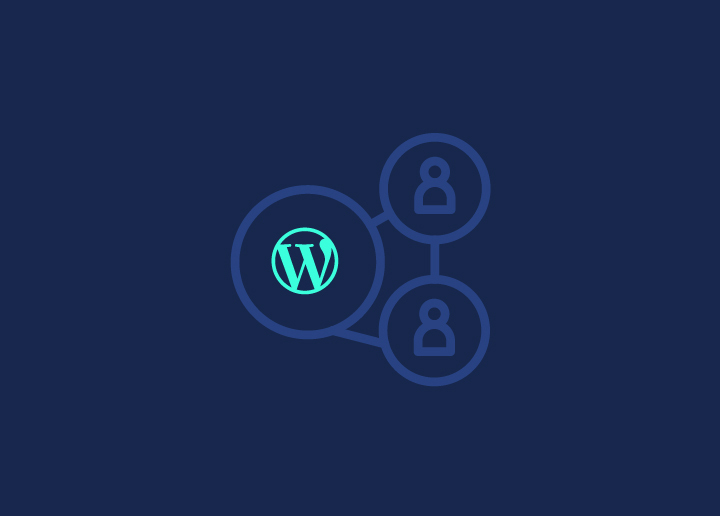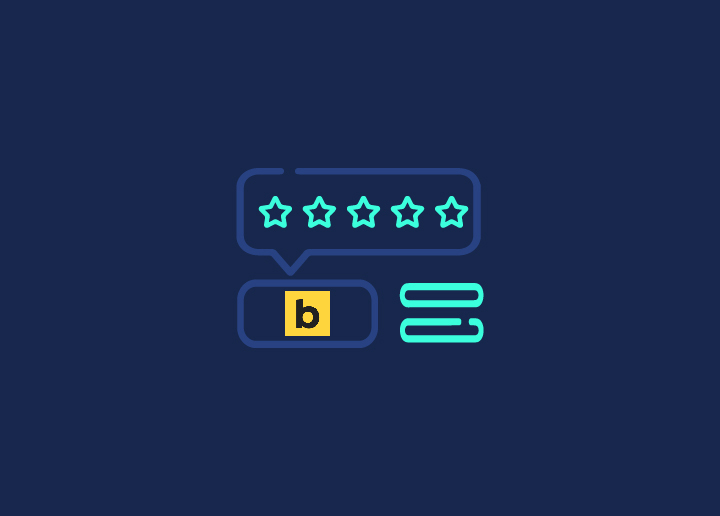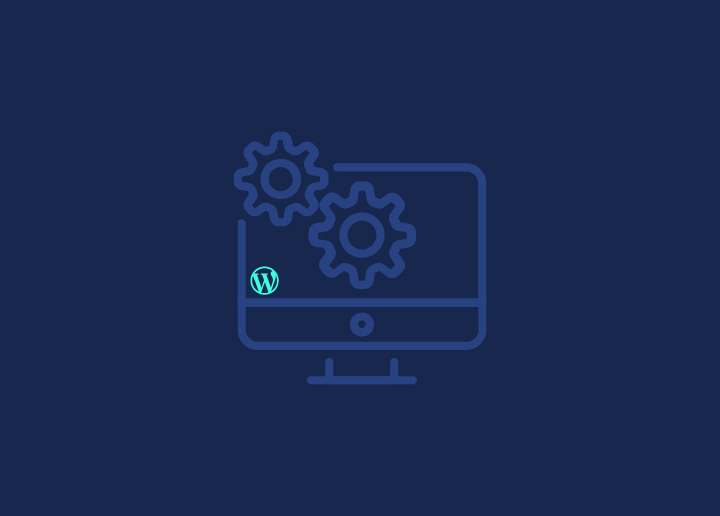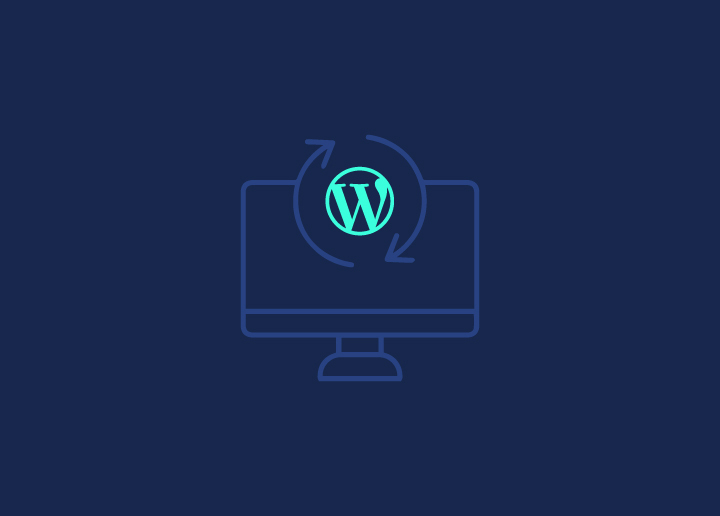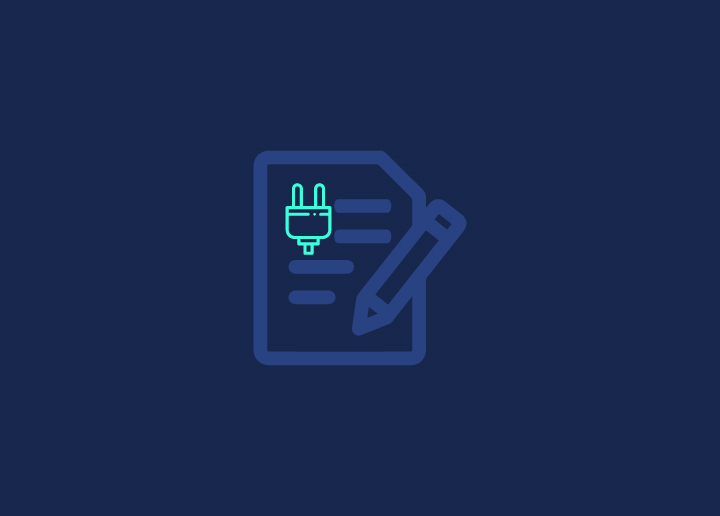In WordPress terminology, a fluid layout is a specific kind of layout that can be adjusted on the webpage when the browser window size changes. We can see this by multiplying a page’s height and weight by its pixel size in the bottom region. Since postings are like pages, WordPress allows for the hierarchical management of pages.
This enables the website to adjust the size of visitors’ screens. On the other hand, the fixed layouts have a predetermined width for each theme element in pixels.
A WordPress site’s design and presentation are described by a theme, a collection of stylesheets, and templates. A WordPress theme modifies your site’s structure and appearance. The files known as templates also govern how your WordPress website will appear online.
Most website layouts use one, two, or three columns. Users have the exact screen sizes in the early stages. Web designers give a page width size. The proportions of the sites also define the fluid layout.
WordPress developers must choose between creating a fixed-width design and a fluid-width design when creating a website or WordPress theme. Usually, fixed-width techniques are simple, but they have several drawbacks that may be eliminated by employing a fluid structure.
Many issues with different screen widths may be resolved by using a fluid theme in WordPress, but Additionally, it produces some of its own problems.
When the user sees material and visuals is less under the designer’s control. To show various resolutions, it could be necessary to use numerous widths. Lack of content may lead fluid design to lose part of its attraction again if the user’s screen is too large.
Before a certain point, websites were made to be browsed through desktop browsers. Where webpages are viewable on screens of all sizes, users may now access webpages using a variety of screen sizes.
Like fluid layouts, For creating a theme or website responsive to all devices and screen sizes, use the fluid layout using the CSS method. As portability implies responsiveness, it implies
– Any user may browse your website on mobile devices if it has a responsive theme function.
Advantages of fluid design
The accessibility of a fluid layout is its main advantage. It increases the browser’s usefulness for WordPress. Users may quickly determine how much space their websites use. By employing it, WordPress appears to be more effective.
Further, the entire site may be viewed in the browser on all screen sizes when the fluid layout is activated.
Additionally, the fluid layout enables all browser screen sizes to display the complete website, including the header, footer, and main text.
The cushioning on the left and right may be adjusted. However, the padding is automatically modified for responsive devices.
If you have questions about Fluid Layout in WordPress, head to Seahawk Media for the best data.








